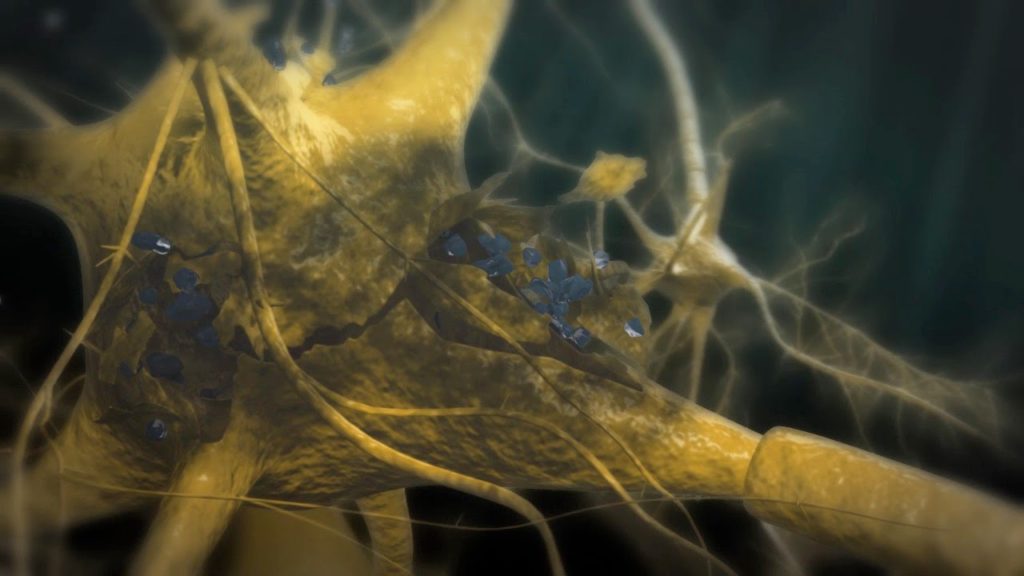
New research has taken an important step towards the goal for a treatment for the common diabetes complication hypoglycaemia, or low blood sugar.
In all forms of diabetes, blood sugars become too high as the body is either unable to produce insulin, or cannot make enough of it, or the insulin it produces is not effective. This means people with diabetes have to manage their blood sugar levels themselves, and these levels can commonly become dangerously high (hyperglycaemia) or low (hypoglycaemia).
Episodes of hypoglycaemia, also known as “hypos” often occur at night, disrupting sleep and sometimes causing seizures. Hypoglycaemia cause unpleasant symptoms such as anxiety, palpitations, sweating and hunger. If extreme, they can also cause dizziness, confusion, loss of consciousness and, if untreated, coma and even death.
Now, research published in Frontiers in Endocrinology led by the University of Exeter, working with Rigel Pharmaceuticals, found a way help to defend against hypoglycaemia by boosting hormonal defence systems. The team believes they have identified a promising target in the brain could be useful for future drug development to create an anti-hypoglycaemia drug.
The researchers, funded by JDRF and supported by Diabetes UK, conducted laboratory experiments using a pre-clinical test compound (R481), that acts a little like metformin, a widely used type 2 diabetes drug. However, R481 works differently because it enters the brain and switches on an important brain fuel gauge called AMPK (AMP-activated protein kinase).
Lead study author Dr Ana Cruz, of the University of Exeter, said: “Our work highlights the importance of better understanding the brain-pancreas communication to boost the body’s defences against hypoglycaemia. I see the daily emotional and physical impact hypoglycaemia can have and believe that these findings have taken us one step closer to finding targets within this brain-pancreas network to attenuate the impact of hypoglycaemia.”
The researchers conducted experiments on specialised brain glucose-sensing neurons (GT1-7 cells) in petri dishes, and found that the compound works by activating this brain fuel gauge.
They then found that in healthy rats, the drug boosts the hormonal defence against hypoglycaemia, by increasing the release of a hormone called glucagon from the pancreas. The drug switched on a brain-pancreas link to defend against hypoglycaemia, yet did not change fasting blood sugar levels.
Senior study author Dr Craig Beall, of the University of Exeter, said: “Our findings suggest that switching on the brain fuel gauge we’ve identified could be useful for preventing hypoglycaemia. In the long term, our aim is to create a pill that could be swallowed before bed, to prevent night time hypos. This is just the first step in a long road, and we hope one day we may be able to give some peace of mind to people with diabetes and parents of children with diabetes that they won’t have a bad night time hypo.”
Dr Lucy Chambers, Head of Research Communications at Diabetes UK, which supported the study, said: “This early stage research, funded by Diabetes UK has uncovered important links between the brain and the pancreas, that could in future lead to new treatments to help people with diabetes avoid hypos, or bring back their ability to recognise signs of low blood sugars.
“Hypos and hypo unawareness can be dangerous and debilitating, and can have a huge impact on the daily lives of people living with all types of diabetes. New treatments for treating hypos, or hypo unawareness would make living with diabetes much easier – reducing anxieties and crucially protecting people from the serious consequences that hypos can have.”
Conor McKeever, Research Communications Manager at type 1 diabetes charity JDRF, said: “Hypoglycaemia is one of the things people with type 1 report fearing most about their condition, so a treatment to prevent hypos would go a long way to relieving some of the burden that comes with living with type 1.
“It could also help reduce the worry felt by family members, who tell us they regularly lose sleep for fear that their loved one will have a hypo in the night.
“We’re proud to have funded this research and are keen to see how it develops on the road towards a new treatment for the 400,000 people living with type 1 in the UK.”
Evidence suggests the 400,000 people with type 1 diabetes in the UK experience an average of two episodes of hypoglycaemia per week and one severe episode per year. People with type 2 diabetes experience up to five episodes of hypoglycaemia per year. Although the frequency is lower in type 2 diabetes, the overall rate is higher, because the condition affects well over 4 million people in the UK.
The researchers have published the structure of the compounds in their paper, entitled ‘Brain permeable AMP-activated protein kinase activator R481 raises glycaemia by autonomic nervous system activation and amplifies the counter regulatory response to hypoglycaemia in rats’ It is published in Frontiers in Endocrinology.

